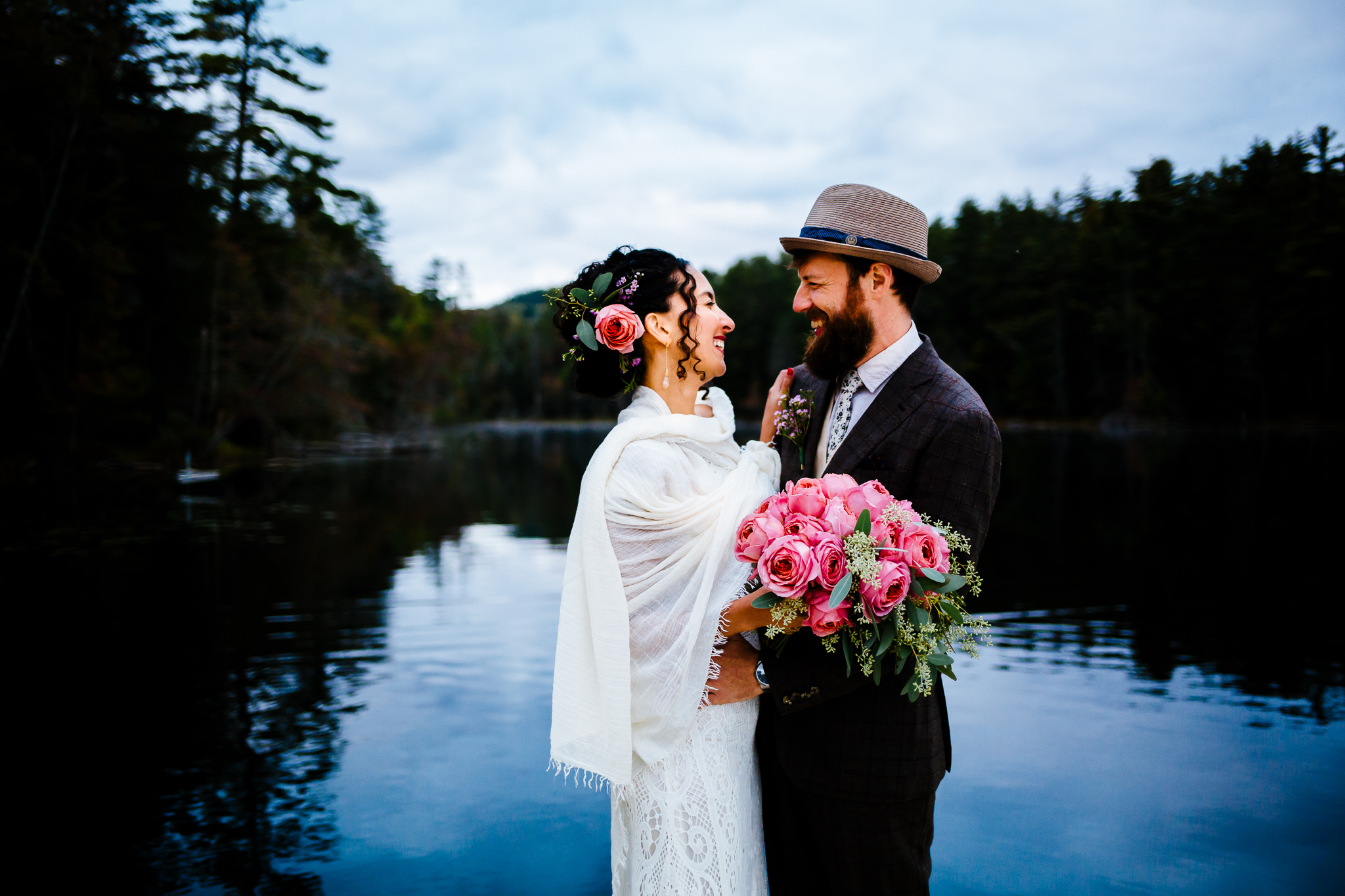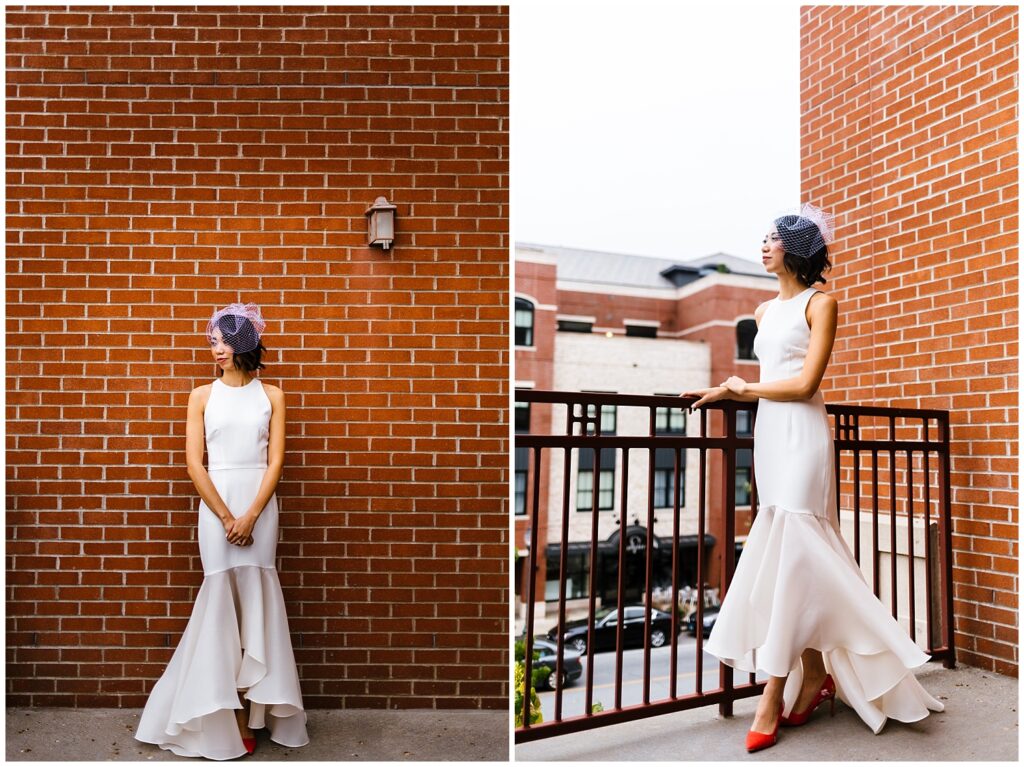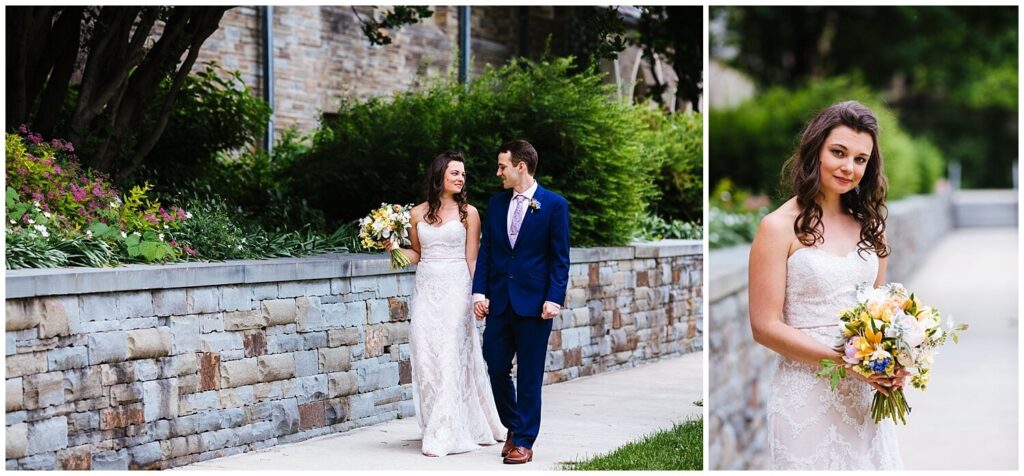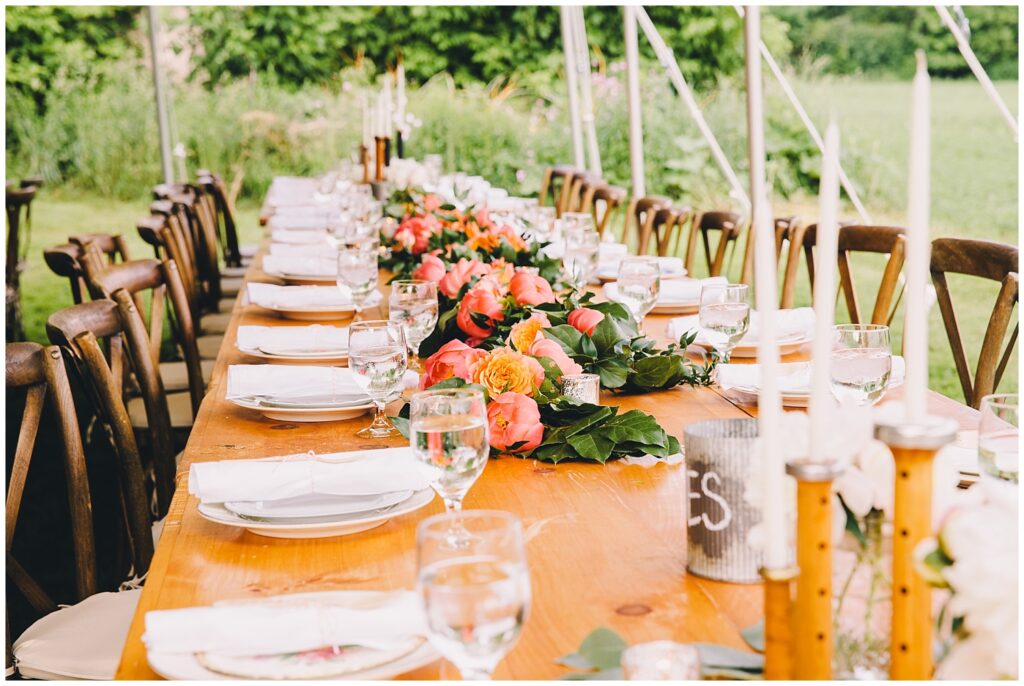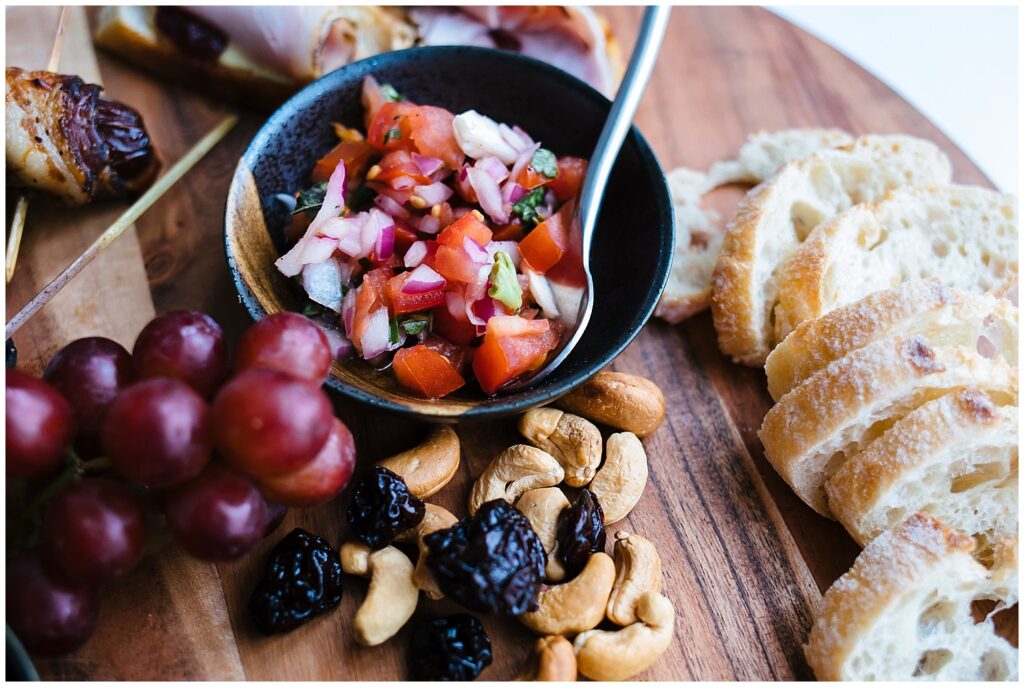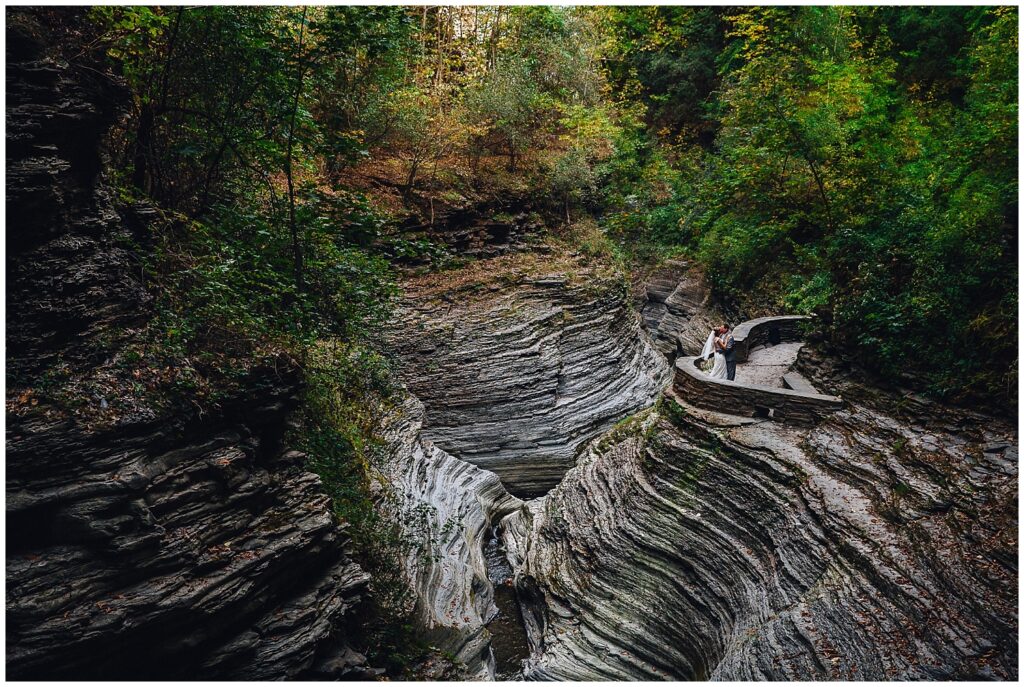5 Ways to Go Green On Your Wedding Day
March 28, 2020
We all know it: Planet Earth is struggling.
Between transportation, food, decorations, flowers, and other expenses, weddings can cause an awful lot of waste, but they don’t have to.
The couples I photograph often express their desire to make their wedding day an environmentally responsible, sustainable event. With all the challenges of planning a wedding, this can sound like a tall order, but there are actually some very easy, cost-effective choices you can make in planning your wedding. Here are a few my couples have shared with me, but I’d love to hear your thoughts and suggestions as well!
1. Wedding dresses are only worn once, but they have a lot of life in them. Consider buying a gently used wedding dress. You’ll pay a lot less than you would for a new dress, and I guarantee that no one will know that it’s not brand new unless you tell them. (Which, by the way, go ahead and do! Let’s spread the word about the importance of sustainability in weddings and every area of our lives!) You might also consider reselling your dress after you’ve worn it. While your wedding dress has important symbolic value, it might be as meaningful to think of the dress passing hands from one happy wedding–and marriage–to another, tying you to a larger community of love and compassion for each other and the Earth. Dress rentals are also a viable option, with all of the advantages of cost and sustainability that a gently used dress brings with it. All of this, of course, goes for the groom’s tuxedo or the wedding party’s gowns and suits as well.
2. Although they are an image of natural beauty, flowers can pose similar ecological risks as other agricultural products. Fortunately, there are many florists who buy from farms that practice sustainable growing. Transportation is significant for any aspect of your wedding, so you might also order from local farms or even grow your own to cut down on the distance that the flowers have to travel to the wedding venue. Besides the growth of the flowers themselves, other areas that affect the sustainability of flowers include the ways florists dispose of their clippings–compost is more sustainable than landfill–and the packaging that the flowers are shipped in–reusable or recyclable is better than not.
3. Use reusable dishware – create beautiful place settings with vintage or classic table settings. Since I shoot many of my weddings in Central New York, there’s a lot of opportunity here: think Syracuse China, Oneida silverware, or even Utica’s famous Schultz & Dooley beer steins!
4. As with flowers, agricultural practices and transportation around the food served at the reception can have a significant effect on the sustainability of a wedding. Many people are now choosing to reduce their meat and dairy consumption for this reason, so you might consider choosing a caterer who can provide a number of tasty vegan or vegetarian options. In the past a meat-free option at the reception dinner could come off as something of an afterthought, but it’s increasingly viable and exciting to make multiple meat-free meals the star of dinner! You can also find caterers who focus on using locally sourced ingredients, and venues and caterers that ensure the composting of ingredients and excess food.
5. You might also look for vendors who focus on restorative practices as part of the work they do. For instance, there are invitation printers who plant trees to offset the paper consumed in the process, or venues who purchase carbon offsets.
I’m very excited to announce that Calypso Rae Photography is a part of this group of vendors as well. In 2020 we will be donating a percentage of every wedding booked to the Nature Conservancy, a non profit that tackles a host of climate issues!
Alone these may seem like small changes, but together than can make a huge difference!
